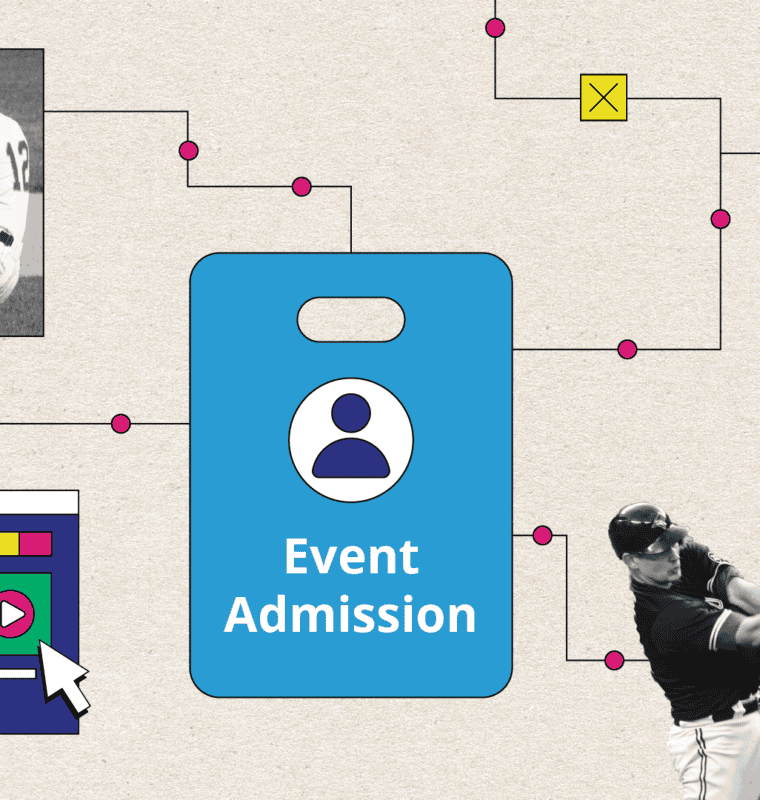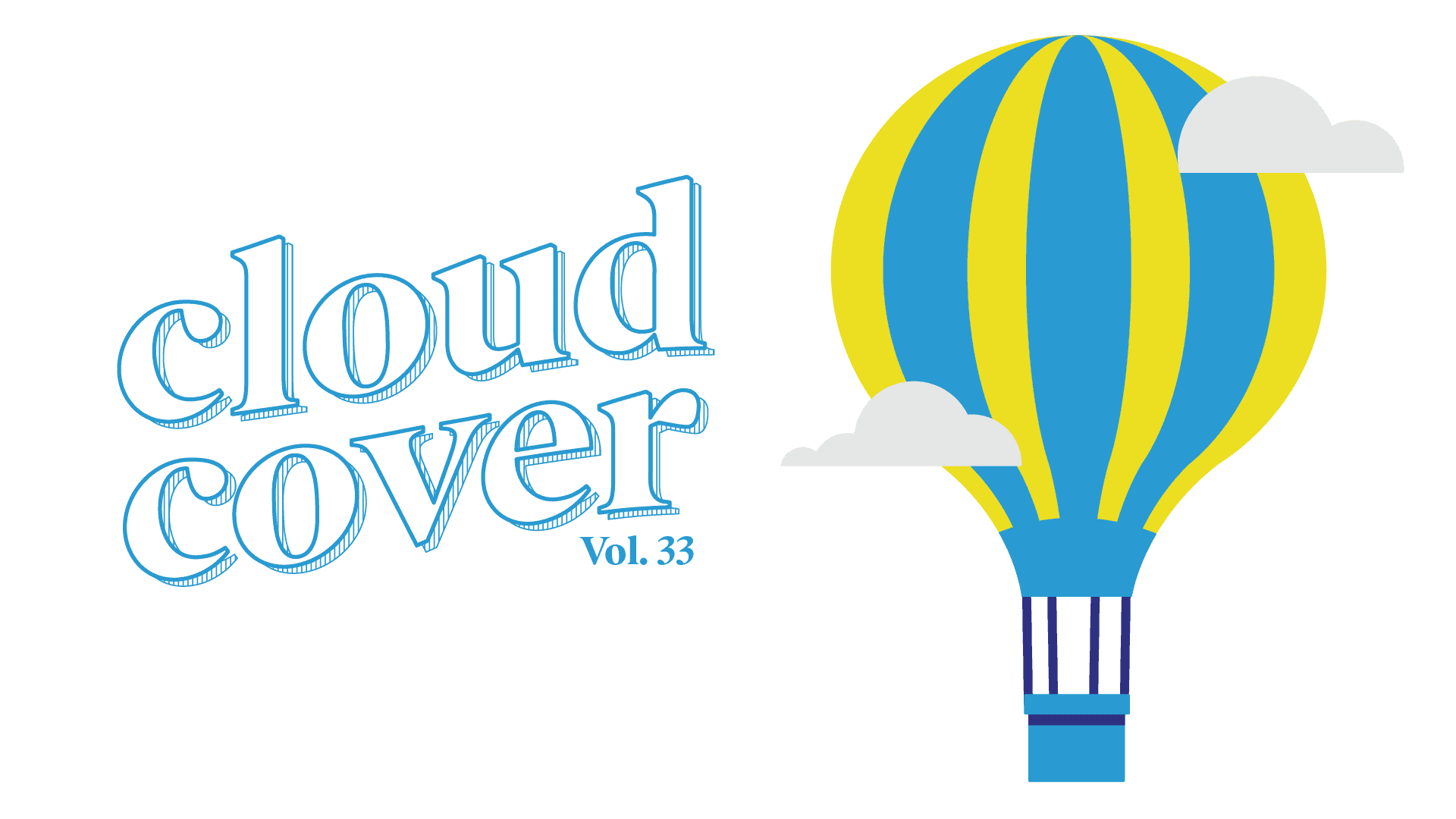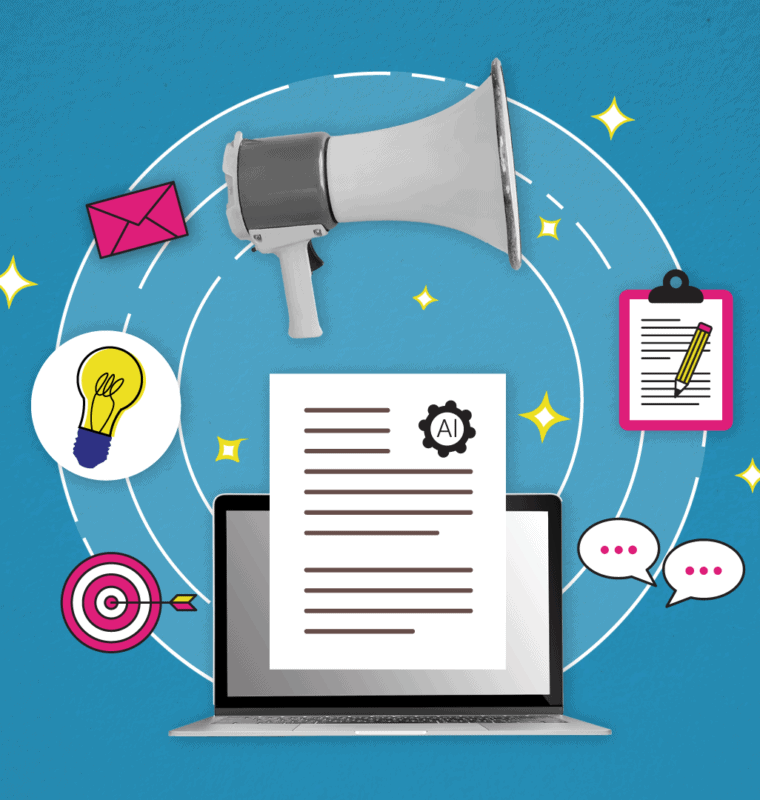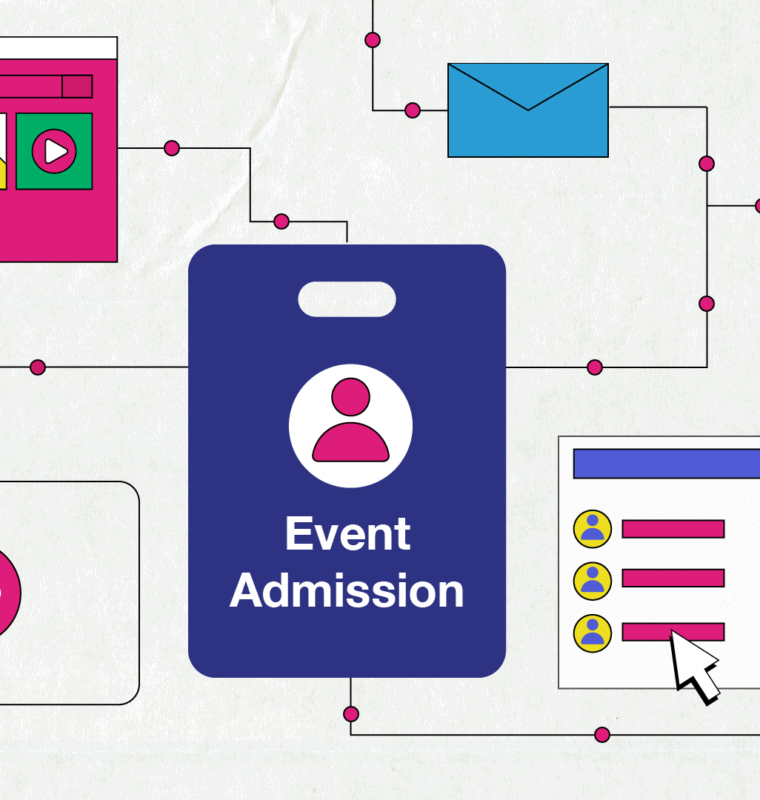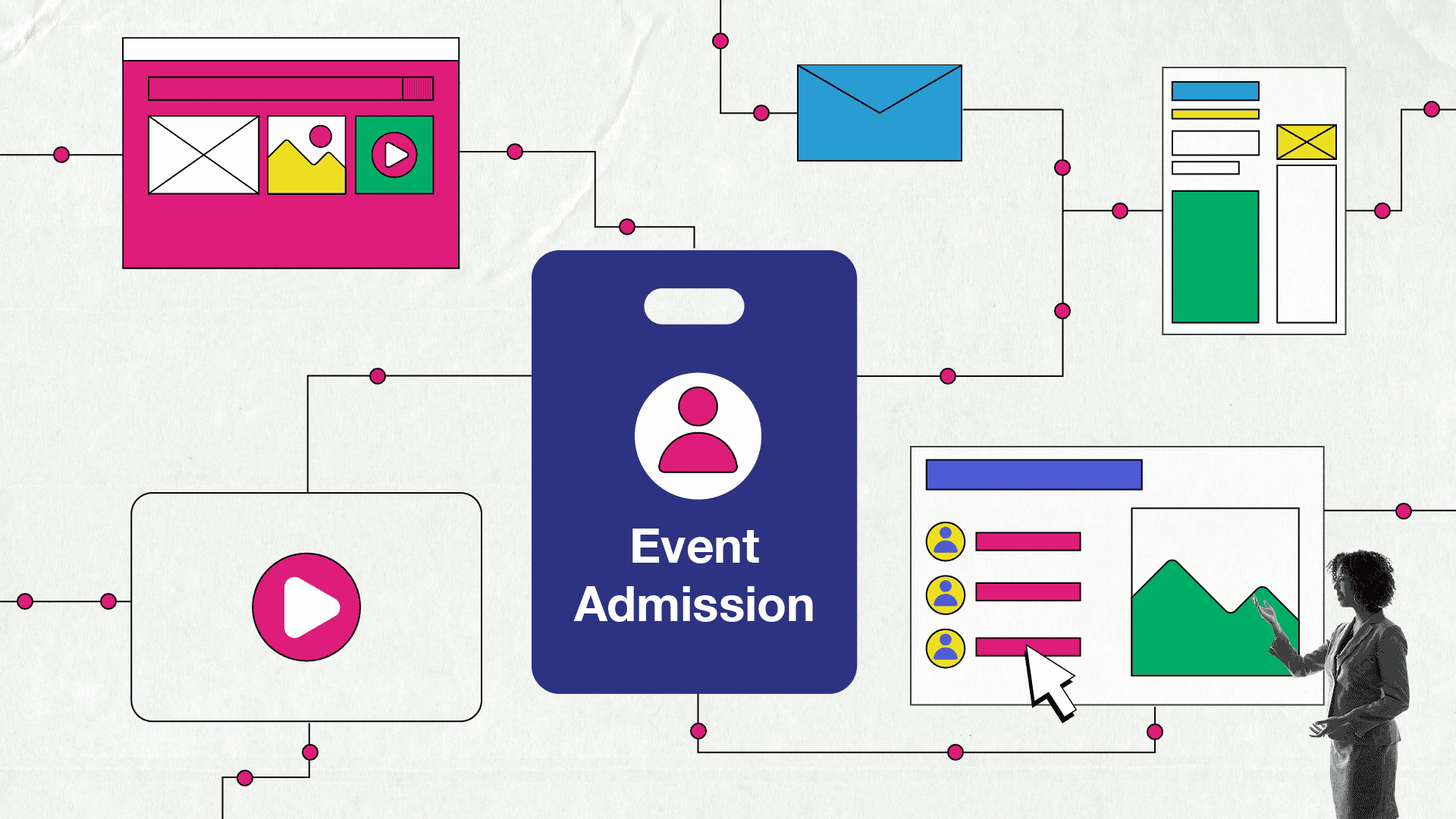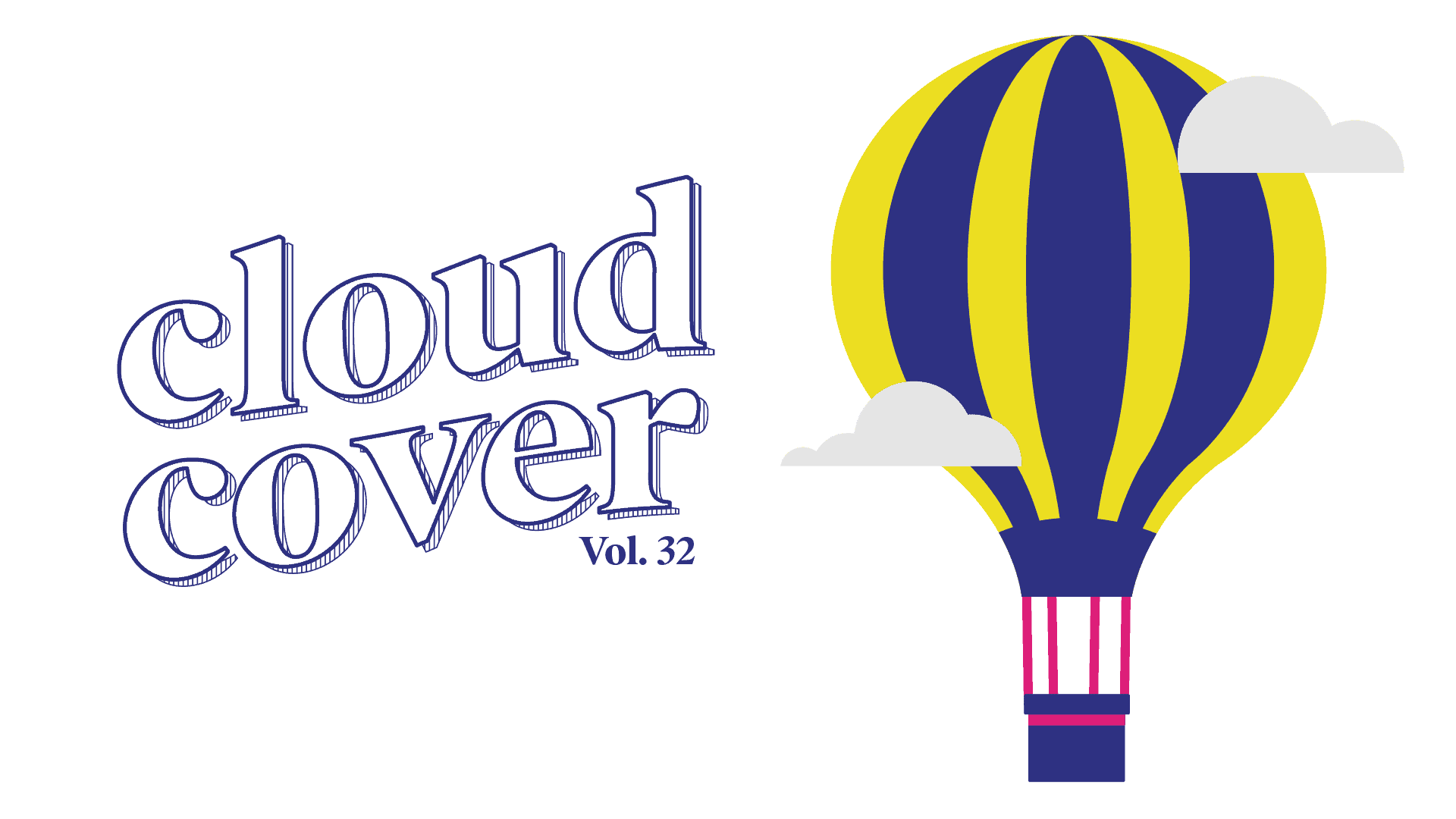
Image by Thad Allen
The countdown has begun! That big event you’ve been planning for is finally almost here. (I’m looking at you, re:Invent and Ignite 😉.) You’re in the home stretch, the last inning, the [insert sports metaphor] and everything is falling into place.
But, like all big events, inevitably something will change at the last minute, and you’ll have to pivot. That’s where we can help! We know you’re on a tight timeline, but we’re ready to create those quick-turn assets you need for a homerun experience. From building hype with a teaser blog, to leaving a lasting impression with a sleek solution brief, our team can hit the ground running.
As you think through your event checklist, consider these assets to win big with your audience.
- Teaser blog: Generate some buzz for your sessions with a blog that previews what’s coming. This is a great way to position your presenter as an authority on the subject and draw a bigger following.
- Deck design: Get some oooos and ahhhs from your audience with the deck of their dreams. Our deck experts can polish your slides—fast, and we’ll deliver the same outstanding design whether it’s a keynote, session, or breakout.
- Slide animation: Make sure no one in the audience falls asleep with slides that morph, turn, and practically leap off the stage to wave hello.
- Recap blog: Give all those GA and public preview announcements a place to live with a recap blog that hits home the highlights of your presentation and directs readers to your solutions.
- Social GIFs: Keep that event energy going well after you wrap with animated social GIFs that showcase big announcements in a bite-sized form.
- Solution brief: Tell ‘em what you told ‘em in a glossy, two-paged solution brief that serves up the best parts of your solution.
Now let’s get going!


